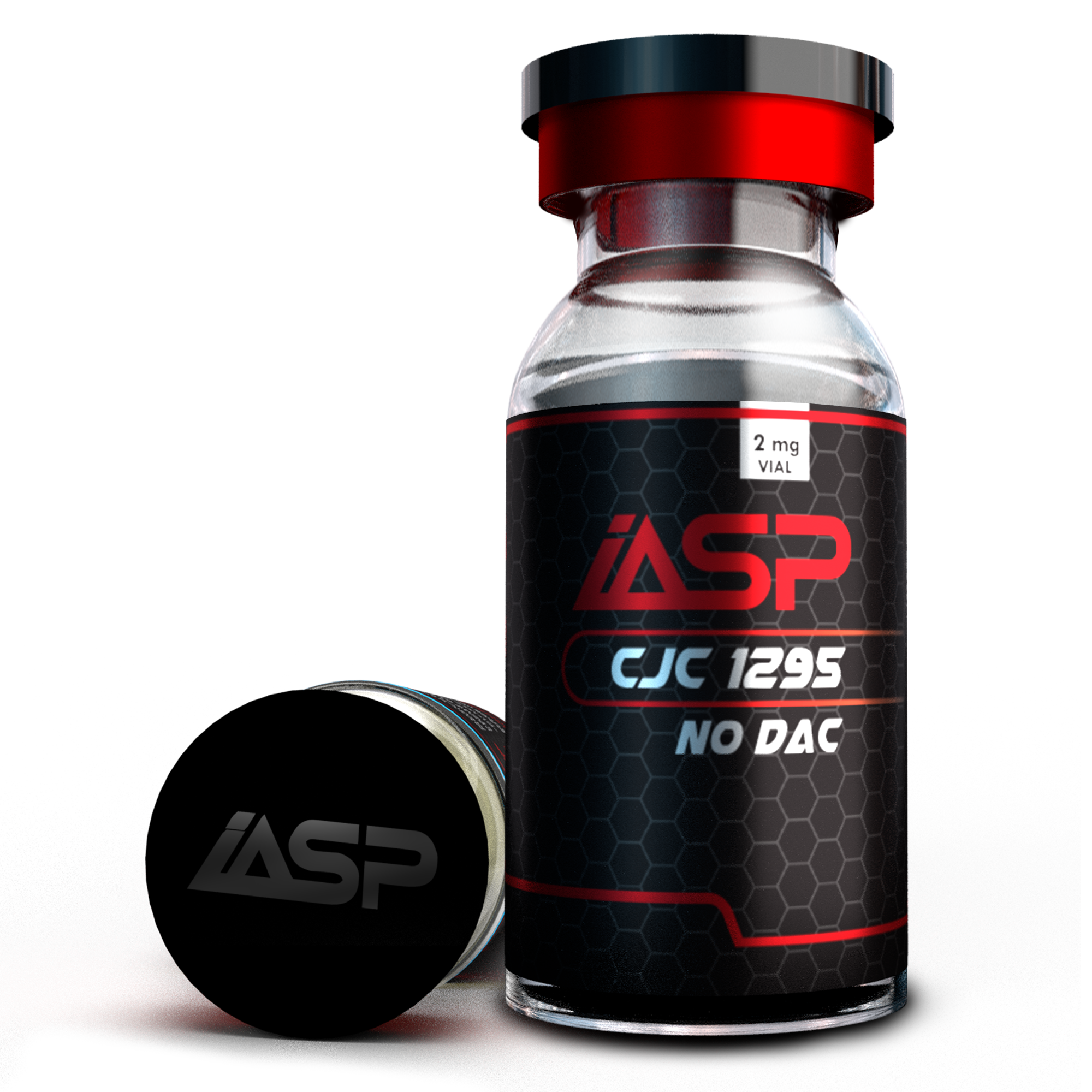How to use CJC 295
CJC 1295 is typically provided in vials containing 2 or 5 mg of lyophylized powder, though the amount can vary. The contents should be reconstituted by adding a convenient amount of sterile or bacteriostatic water. If for example 2 mL is chosen and the dosing of the vial is 2 mg, the resulting solution then has a concentration of 1 mg/mL, or 1000 mcg/mL.
At time of dosing, an insulin syringe is used to draw and then inject the desired amount. In the above example, a 1000 mcg dose would require a volume of 1 mL, or “100 IU” as marked on an insulin syringe.
Injection may be subcutaneous, intramuscular, or intravenous according to personal preference. If desired, peptide solutions from other vials, such as a vial of a GHRP product, may also be drawn into the same syringe, if there is room. This reduces the total number of injections required.
When recommending CJC 1295, we suggest a dosage of 1000 mcg at a time, twice per week.
Combined use of CJC 1295 and a GHRP
As with Mod GRF, CJC 1295 use can be combined with use of GHRP, but if using a GHRP, for superior results I recommend combining Mod GRF with it rather than CJC 1295.
The most important reason for this is observed results. The principal cause of it is that the DAC modification results in relatively lower levels of free peptide. In and of itself, this would be a bad thing, but it’s counterbalanced by the lower levels being sustained. However, if creating peaks with a GHRP, it’s more efficient to have higher levels of free GHRH peptide in, so to speak, “lock step” with those peaks. Mod GRF does this, while CJC-1925 does not.
If choosing CJC 1295 anyway to stack with a GHRP, dosing of the CJC 1295 remains as recommended above, while GHRP dosing will be typically 100 mcg at a time, or 50 mcg at a time if using hexarelin.
Follow us on Instagram for hot updates and product announcements!

